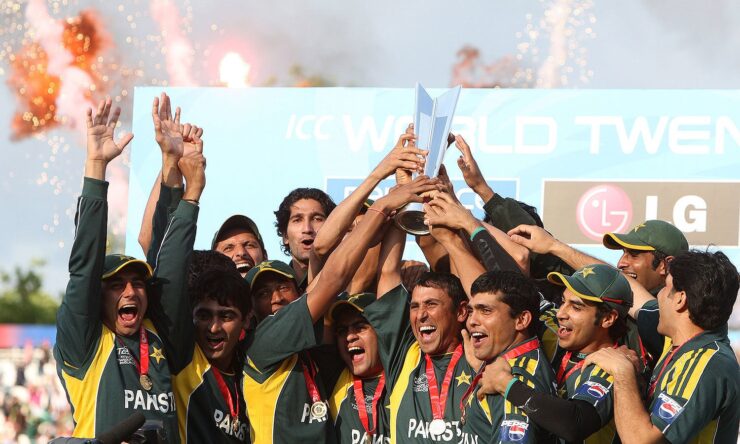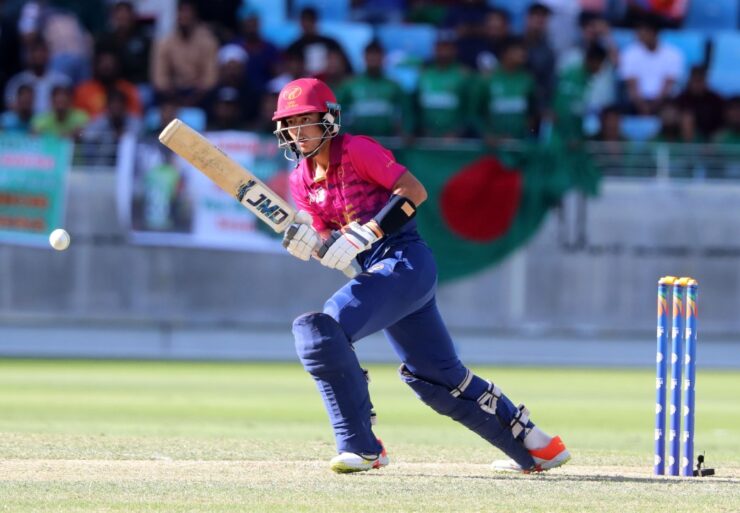In Asia, cricket has long been a popular sport that is ingrained in the national cultures of many countries. Millions of passionate cricket enthusiasts live in nations like Afghanistan, Bangladesh, India, Pakistan, and Sri Lanka.
According to recent data from the International Cricket Council (ICC), over 2.5 billion people in Asia are following this sport. The impact of cricket across the continent is depicted in this figure. Additionally, there is proof that cricket is still expanding quickly in some Asian regions.
Now, the popularity of cricket has also given rise to various industries, and that includes sports betting. Many fans turn to a proven cricket tips site during major tournaments, seeking insights and predictions to enhance their viewing experience.
With all that considered, Cricket does appear to be on its way to becoming a more popular sport in the Asian continent.
In this article, we’ll have a look at why more people are showing more interest in it, and what potential it has to eventually be the most popular sport in Asia.
Historical Context ─ Cricket’s Roots in Asia
Cricket’s arrival in Asia is closely linked to the region’s colonial history. British merchants and military personnel introduced the sport in the 17th century, primarily within their exclusive circles. India became a cricketing hub, with the first official match played in 1721.
In its early years, cricket was viewed as a symbol of British influence and was largely confined to the colonial elite and Indian royalty who sought to emulate their rulers.
However, the game’s appeal gradually began to transcend social barriers. Local populations started adopting the sport, adapting it to their own settings and playing styles.
The Length of Cricket Matches & Shorter Formats
Traditional cricket matches, known as Test matches, can last up to five days. While this lengthy format is thrilling for die-hard fans, it also has been a barrier for casual viewers seeking faster-paced entertainment. This challenge led to the introduction of shorter formats:
- One Day Internationals (ODIs) ─ Introduced in the 1970s, ODIs limit each team to 50 overs (300 balls) per innings. This then condensed matches into a single day.
- Twenty20 (T20) ─ The advent of T20 in the early 2000s further revolutionized cricket. T20 matches last only about three hours, packing maximum action and explosive hitting into a shorter time frame.
Globalization and Media Exposure
The revolution in broadcasting and the advent of digital media have surely propelled cricket’s growth in Asia exponentially. Television brought the drama of international matches to living rooms across the continent.
Today, online streaming platforms allow for unparalleled access to live games and behind-the-scenes content, nurturing a new generation of dedicated fans.
Social media platforms also help fans remain interested since they get to interact with fellow cricket enthusiasts. This sense of belonging to a global fan base strengthens the connection to the game and keeps the excitement alive.
The success of Asian Teams on the International Stage
The success of Asian cricket teams on the world stage has been a source of immense pride and a powerful driver of the sport’s popularity across the continent.
Iconic moments like India’s unforgettable Cricket World Cup victories in 1983 and 2011 and Pakistan’s heart-stopping T20 World Cup triumphs in 2009 and 2022, have ignited a passion for the game across the region.
Then of course, legendary figures like Sachin Tendulkar, Virat Kohli, Babar Azam, and Shakib Al Hasan embody a spirit of excellence and resilience that inspires countless young Asian athletes both on and off the cricket pitch.

Grassroots Development and Infrastructure
The growth of cricket in Asia is deeply rooted in grassroots development. Countries like India boast a vast network of cricket academies, coaching programs, and tournaments designed to nurture young talent.
Cricket often holds a special place in school curriculums, introducing children to the sport and igniting their passion early on. This early exposure provides a clear pathway for aspiring cricketers.
Government support, along with dedicated corporate sponsorship and philanthropy, has also been crucial in advancing cricket infrastructure across Asia.
The construction of world-class stadiums, training facilities, and dedicated cricket academies creates a thriving ecosystem for the sport, allowing talent to flourish on all levels.
Challenges and Opportunities Ahead
Cricket’s remarkable rise in Asia brings both opportunities and responsibilities. To safeguard the sport’s future, challenges like corruption, governance issues, player welfare, and inclusivity must be proactively tackled.
Robust mechanisms, transparency, and unwavering ethical principles are essential to maintain fan trust and protect the sport’s integrity.
The potential for even greater growth is undeniable. Championing the development of women’s cricket, ensuring accessibility for marginalized communities, and embracing innovative formats hold the key to expanding cricket’s reach.
Conclusion
Cricket’s future in Asia is undeniably bright. The combination of passionate fan bases, thrilling domestic leagues, international success, and continuous grassroots development positions cricket to become an even greater sporting and cultural force in the years to come.



